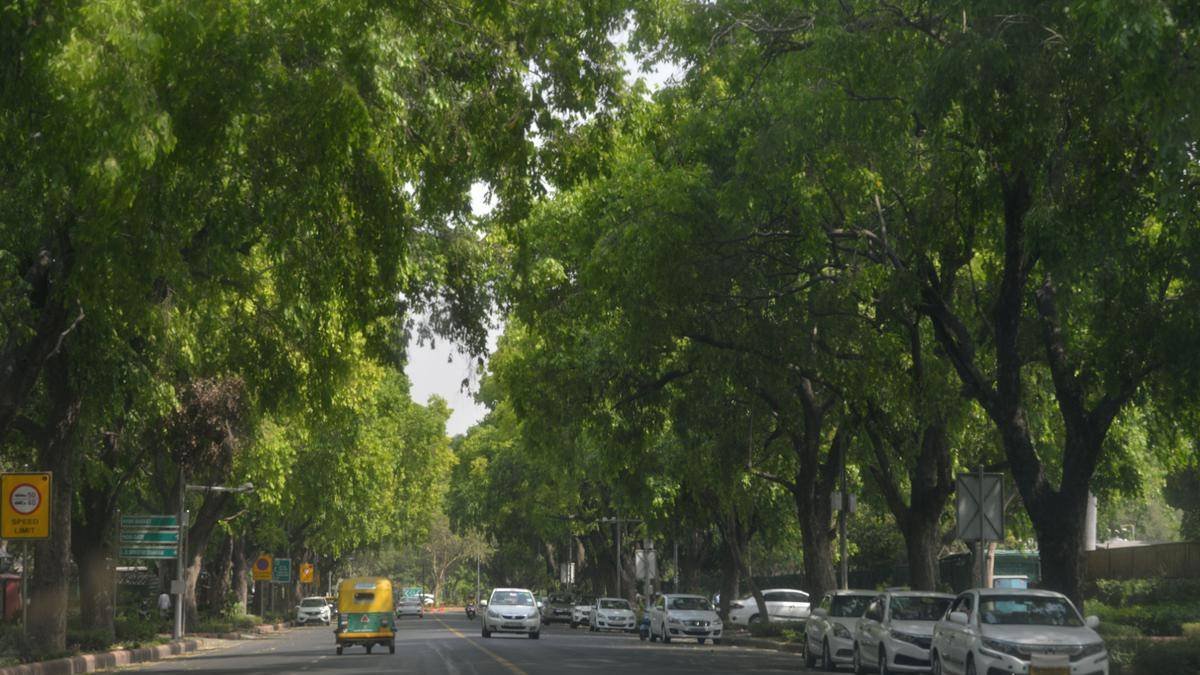New Delhi, Aug 7 (PTI): It’s about time all states get into action mode to save their green cover, lest they lose their valuable forests and irrevocably damage the ecosystem and communities.
It is alarming that India has already witnessed the diversion of over three lakh hectares of forest land for non-forestry purposes in the past 15 years under the Forest (Conservation) Act, 1980. Union environment minister Bhupender Yadav revealed this in the Lok Sabha on Monday.
India’s total forest cover stands at 7,13,789 square kilometres, which is 21.71 per cent of the country’s total geographic area.
As per government data, Punjab leads the list with 61,318 hectares of its forest land being diverted for non-forestry purposes since 2008-09. The state has a total forest area of 1,84,700 hectares.
It was followed by Madhya Pradesh with 40,627 hectares of its forest land being diverted for non-forestry purposes, followed by Odisha at 28,320 hectares, Telangana at 19,419 hectares, Gujarat at 16,070 hectares, Jharkhand at 15,691 hectares, Chhattisgarh at 15,082 hectares, Uttarakhand at 14,141 hectares, Maharashtra at 13,297 hectares, Rajasthan at 12,877 hectares, Arunachal Pradesh at 12,778 hectares and Andhra Pradesh at 11,093 hectares.
Major factors behind such diversion include mining (58,282 hectares), road construction (45,326 hectares), irrigation (36,620 hectares), transmission lines (26,124 hectares), defence (24,337 hectares), hydel projects (13,136 hectares), railways (9,307 hectares), thermal power (4,101 hectares) and wind power infrastructure (2,181 hectares).
The Union minister also said that 514 hectares of land was encroached upon during this period.
Meanwhile, the Forest (Conservation) Act (FCA) 1980, a crucial law to conserve forests and biodiversity in India, requires obtaining prior approval from the central government for any project or activity that involves clearing forest land. The Act helps in striking a balance between development and environmental protection by ensuring sustainable use of forest resources.
However, after the government amended the FCA, it limited its applicability to lands recorded as forest in government records and exempted certain categories of land from its purview.
As per data, the government approved diversion of 17,381 hectares of forest land in 2022-23, 16,785 hectares in 2021-22, 18,314 hectares in 2020-21, 17,392 hectares 2019-20, 19,359 hectares in 2018-19 and 19,592 hectares in 2017-18.
Conservationists meanwhile, argue that limiting the applicability of the FCA to land recorded as forest nullifies the Supreme Court’s 1996 judgment in the TN Godavarman case, which said the Act was applicable to land covered under the “dictionary meaning of forests” or “deemed forests” (forests not officially recorded as forests).
The environment ministry said that the application of the Act on land covered under the dictionary meaning of forests (or deemed forests) had resulted in a “declining tendency in plantations in non-forest lands owing to the apprehension among individuals, organizations and authorities regarding such plantations being considered forests”.
This misapprehension became a hindrance in enhancing the green cover to fulfill the Nationally Determined Contribution targets of reducing the carbon emission by an additional 2.5 to 3 billion tones.
The amended law also exempts forest land up to 10 hectares for constructing security-related infrastructure and within 100 km of international borders, Line of Control (LoC) and Line of Actual Control (LAC) for “strategic and security-related projects of national importance”.
Forest land up to 5 hectares in Left Wing Extremism-affected areas has been exempted from the purview of the FCA for the construction of public utility projects such as schools, water facilities and telecommunication services. State States like Himachal Pradesh, Nagaland, Sikkim, Tripura, Mizoram and Assam, told a 31-member Joint Parliamentary Committee that reviewed the Forest (Conservation) Amendment Bill that such a step could potentially encompass large areas of their forest land and also affect tribals and other traditional forest dwelling communities.
Meanwhile, environmentalists opine that areas in the hilly region close to the international borders and LAC/LoC are known for their geological instability and are prone to natural disasters such as heavy rainfall, landslides, flash floods and cloudbursts. Unregulated and large scale diversion of forests for non-forest activities” will aggravate the risks to communities and ecosystems.
They also stressed on the fact that exemption of forest land up to 0.10 hectares alongside roads and rail lines for public amenities lead to unchecked deforestation and ecological degradation in sensitive areas.












